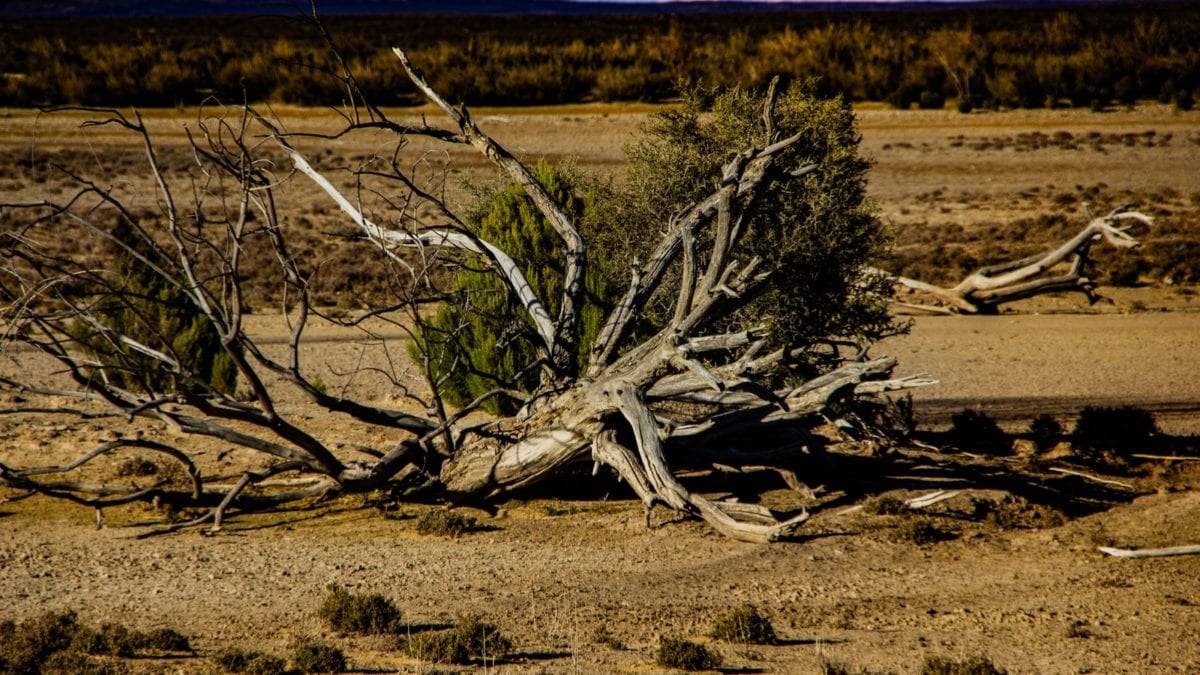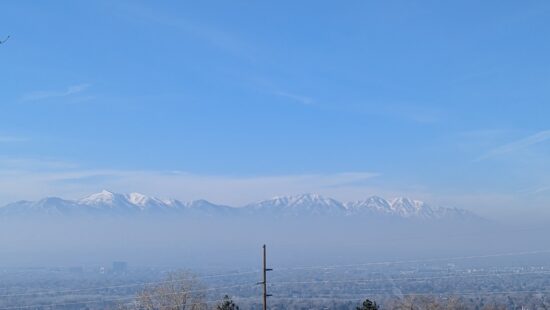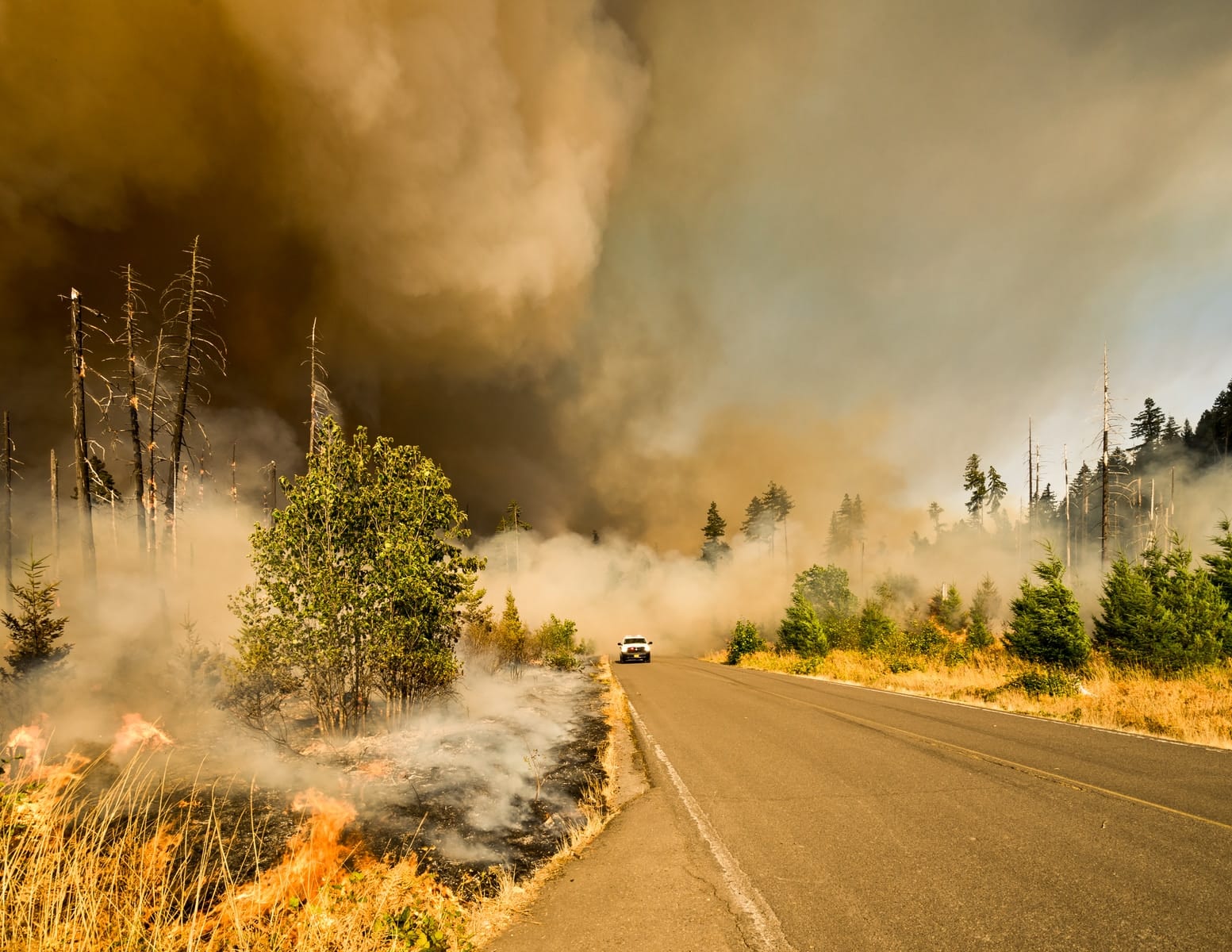News
Earth, wind & fire: drought risks loom as Utah dries out

Utah closed out its driest year on record with winter snowpack totals well below average, setting the stage for a host of difficulties. Photo: Juanita Swart
PARK CITY, Utah. — It hardly seems real, especially during spring thaw and runoff season. But Utah’s drought is widespread, extreme, and poised to deliver all manner of dangers and challenges to the state this summer.
Currently, according to the state’s drought monitoring system, 100% of the state is considered abnormally dry. That’s the lowest level of the five drought categories. The most severe category, exceptional drought, applies to 57% of the state right now.
“As a state as a whole our snowpack has peaked and it’s melting,” said Laura Haskell, water resources drought coordinator for the state’s Division of Water Resources. “It peaked about a week early and it’s melting, unfortunately.”
Haskell said that statewide, soil is extremely thirsty due to 2020 being the driest calendar year on record here. So snow totals that only reached about 80% of average are being soaked up rapidly.
The conditions led Gov. Cox to declare a state of emergency last month, which enables farmers and other businesses impacted to access relief funds.
Drought creates emergencies on multiple fronts: wildlife are endangered by lack of food (which can’t grow without water). Farming operations and livestock are fundamentally threatened by a lack of water. And drought also means a longer, likely more destructive wildfire season that further endangers humans, animals and property.
“We’re well over twice the normal expected average amount of wildfires, which means fires are super easy to start right now,” said Jason Curry, public information officer for the Utah Division of Forestry, Fire and State Lands.
He said that so far this year, Utah has seen more than 130 wildfires, up from a normal average of 50. Worse, more than 6,000 have burned already, compared with a normal average of just 190 acres at this point in spring. “That’s pretty astonishing,” Curry said. “This is a big deal. People lose their lives, their homes, their property.”
Highlighting how wildfires occur, Curry said that last year, 77% of Utah’s fires were human-caused. The most common instigator of those was equipment malfunctioning, from flat tires creating sparks that ignited to other motorized equipment. That was followed by burning debris, campfires, and target shooting in rocky areas or shooting involving improper use of exploding targets.
And conditions will only worsen as spring turns to hot, dry summer.
Curry pointed out that the true cost of worsening wildfire seasons is nearly incalculable. Suppression costs – firefighting – is just one piece of a puzzle that includes tourism impacts, loss of scenic views, water and air quality declines that require mitigation, loss of animal habitats both on land and in water, increased insurance premiums, and all the costs associated with structure and property damage.
“The true cost is far greater than just the cost of putting fires out, and this is all taxpayer dollars,” he said.
Residents can assist in minimizing wildfire risks by removing dead tress and brush from near homes and other structures, exercising extreme caution when burning, following forest service and local restrictions on burning, and using vigilance – and carrying water and fire extinguishers – when operating motorized equipment in or near forested areas.
And then there’s water usage. State experts have a simple message: conserve.
“When you’re driving down a foggy road you slow down because you don’t know what’s coming up,” Haskell said. “We don’t know how long this drought situation is going to last. We don’t know how hot this summer is going to be. We want to slow down our use so we can make the water in our reservoirs last as long as possible.”
Gov. Cox has asked Utahns to use water wisely year-round and to follow conservation guidelines such as these:
- Wait to water
- Fix leaks
- Run full loads (dishwashers and washing machines)
- Turn off the water while brushing teeth, shaving, soaping up, doing dishes or rinsing vegetables
- Reduce showers by at least one minute
- Plan now for the irrigation season and consider implementing water-wise landscaping or purchasing a smart irrigation controller. Rebates are available that cover up to $75.
Find more water-saving tips at SlowTheFlow.org.



















